Guide to Identifying Types of Antique Wood
Selected theme: Guide to Identifying Types of Antique Wood. Learn to read grain like a map, feel density with confidence, and decode centuries of patina. Join our community, ask questions, and subscribe for field tips that make every inspection feel satisfying and sure-footed.
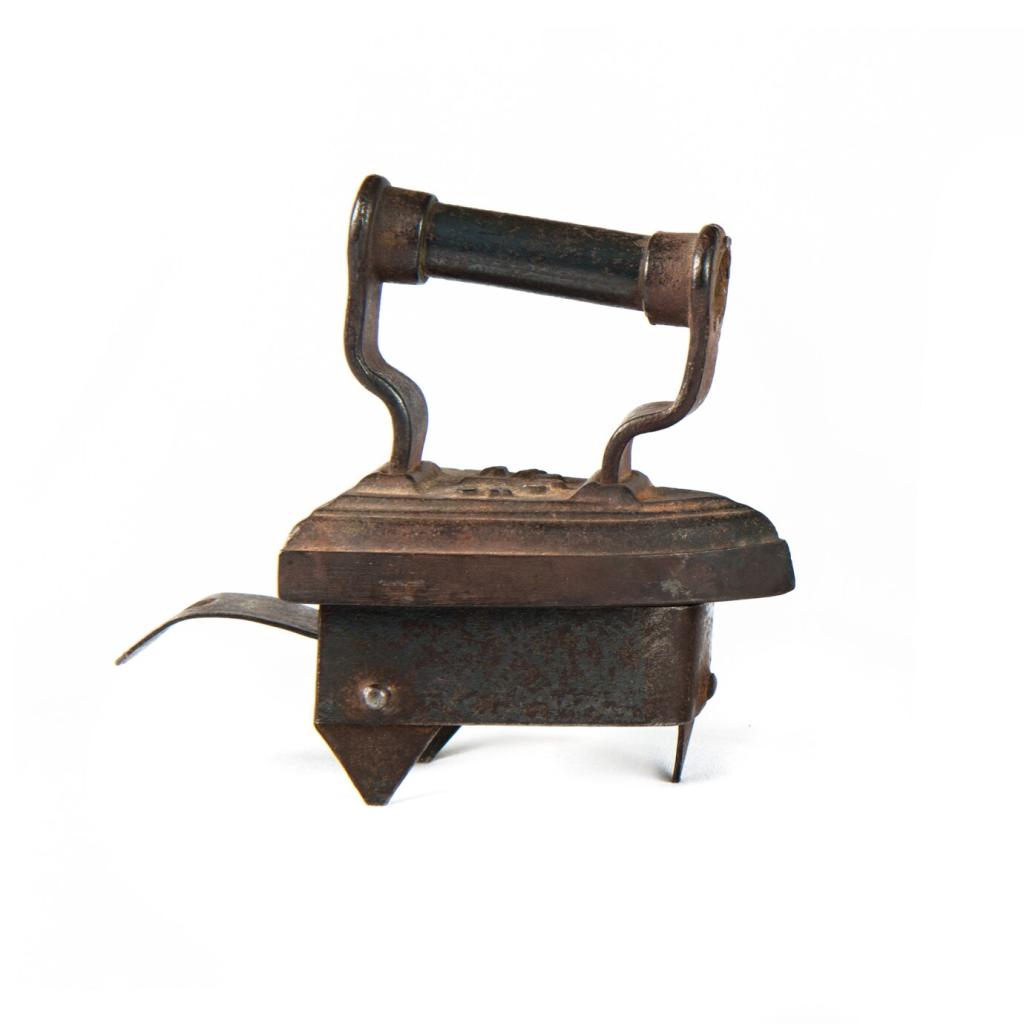
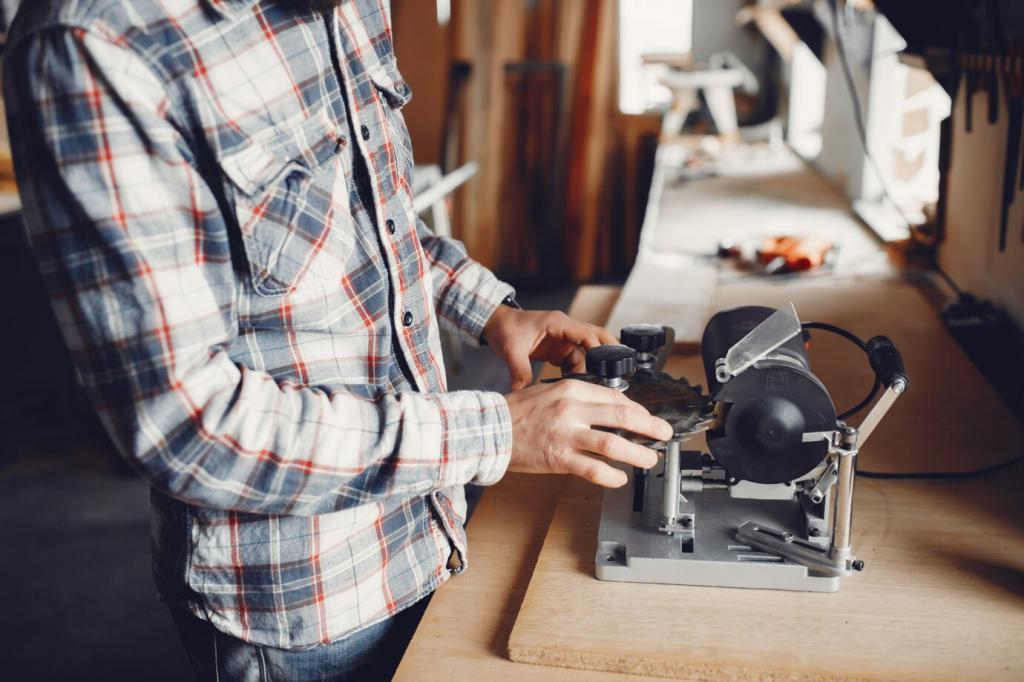
Ring-Porous vs Diffuse-Porous at a Glance
Begin by classifying pore distribution. Oaks and ashes are ring-porous with bold earlywood bands, while maple and cherry are diffuse-porous with evenly sized pores. This single distinction immediately narrows candidates and prevents many beginner misidentifications.
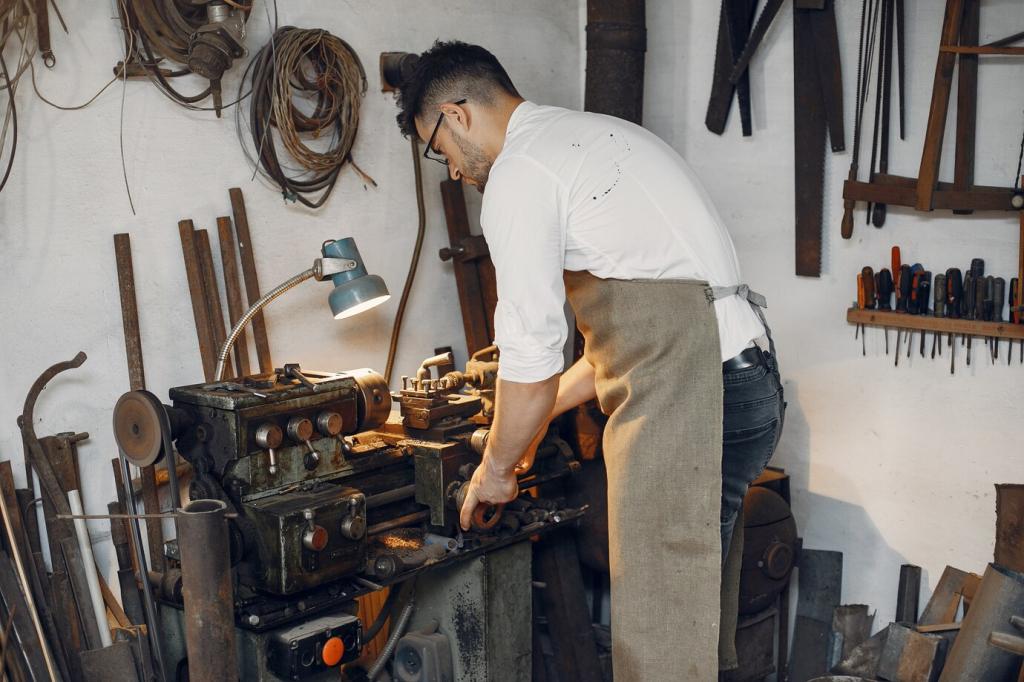
Color, Patina, and Oxidation Clues
Freshly cut color can mislead, but antiques develop oxidation and uneven patina, especially in hidden areas. Compare undersides, drawer interiors, and backs. Look for subtle warmth in mahogany, mellow browns in walnut, and sun-faded contrasts that reveal the wood’s original tone.
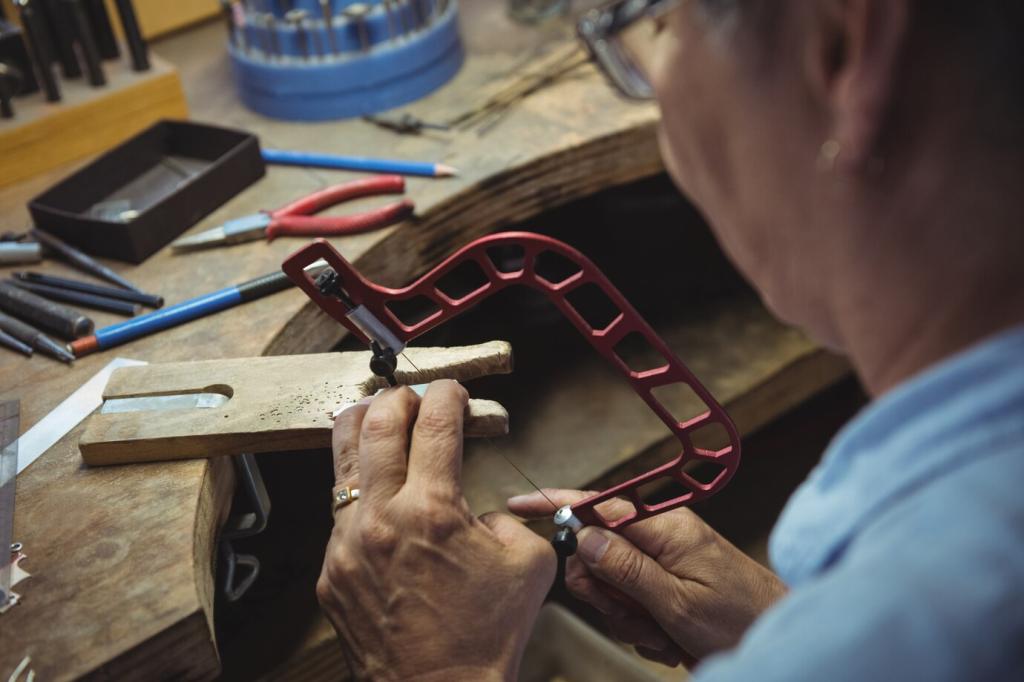
Quartersawn Ray Fleck: The Oak Giveaway
Quartersawn white oak displays striking, shimmering ray fleck, like silvery flakes running across the grain. This medullary ray figure is a signature feature. Spot it on tabletops, drawer fronts, or panels, then confirm by checking heavy, open pores and sturdy weight.
Visual Clues: Color, Grain, and Figure
Mahogany often shows gentle chatoyance with interlocked grain; sapele’s ribbon stripe can appear bolder and more regular. Cherry darkens with time, revealing warm reddish-brown tones and small pitch pockets. If unsure, compare endgrain: cherry’s pores are tiny and evenly diffuse.
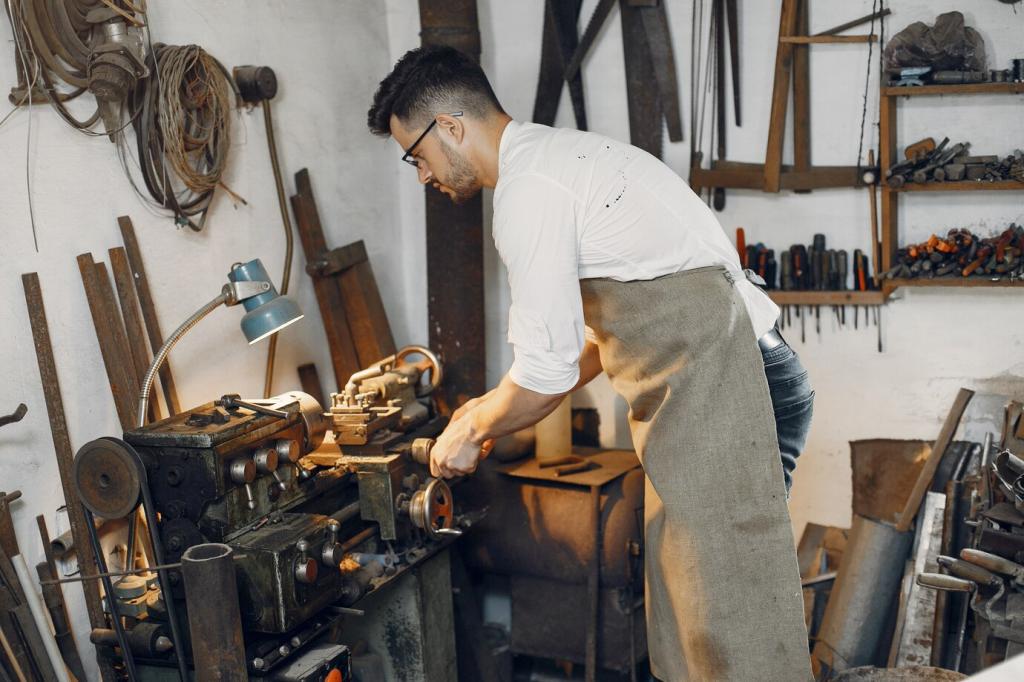
Touch and Weight: The Hands-On Test
Lift and compare similar-sized pieces. White oak feels heavier than red oak; walnut often feels lighter than its dark color suggests. Sapele tends to be fairly dense, while pine is unmistakably light. Keep a mental reference library by handling known samples whenever possible.
Run fingertips lightly across unfinished or worn edges. Oak and ash feel open-pored and grainy; maple, cherry, and birch are smoother and tighter. If filled finishes obscure texture, check wear points: chair rungs, drawer edges, or foot rails often reveal the original surface.
A discreet thumbnail press on a hidden spot can hint at hardness, but never damage patina or finishes. Aim for untouched interior panels instead. Hard maple resists indents; pine yields easily. Always ask permission when inspecting in shops or fairs, and explain your approach respectfully.
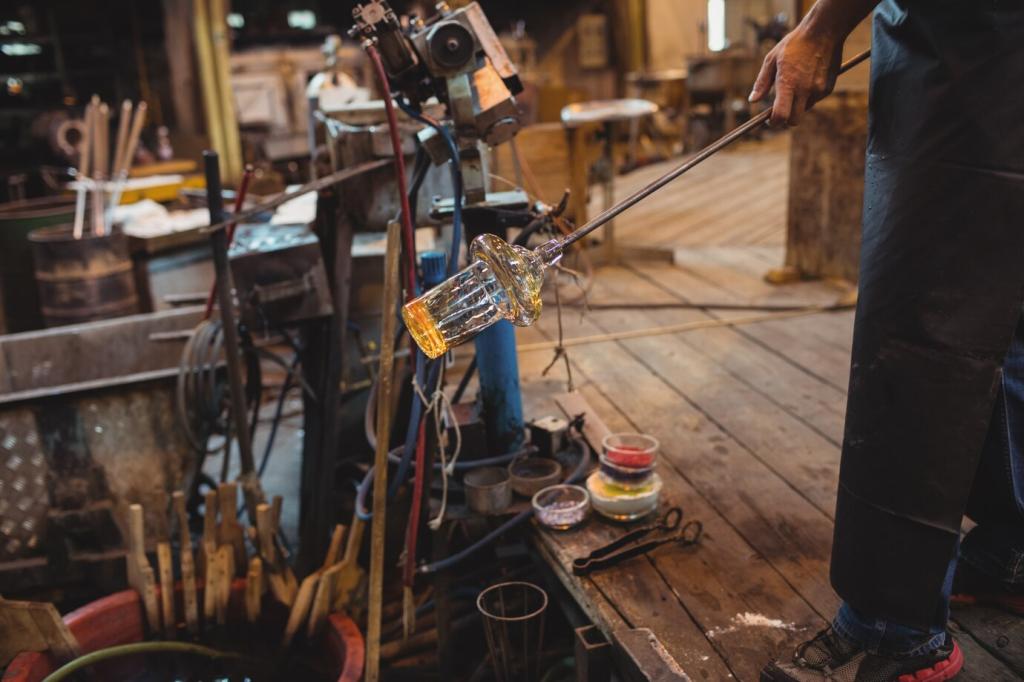
Carry a 10× loupe and a soft cloth. Inspect clean, unfinished endgrain or a tiny interior edge. Avoid solvents and scraping. Photograph the endgrain for later comparison with charts. Subscribe to receive our printable pore-structure reference sheet for on-the-go verification.
Endgrain Evidence: Magnification and Pore Structure
Scent and Story: Aromas of Aged Timber
Open a cedar chest and you’ll meet that camphor-like, moth-repelling scent. Aromatic red cedar retains fragrance for decades, particularly on interior surfaces. If the aroma is faint, lightly rub an inconspicuous area to awaken it. Share your cedar finds and storage tips with readers.
Scent and Story: Aromas of Aged Timber
Old pine often carries a resinous sweetness. Look for pitch pockets and soft growth rings. In attics or backs of case pieces, pine may darken to a mellow amber. An anecdote: a flea-market wardrobe back revealed aged pine after a gentle sniff and a loupe check.
Scent and Story: Aromas of Aged Timber
Mahogany can present a subtle, warm spice, yet finishes and polishes sometimes overpower natural aroma. Rely on scent only as supporting evidence. Confirm with interlocked grain, color under wear points, and pore structure. Comment with your own scent-based confirmations and cautionary tales.

This is the heading
Lorem ipsum dolor sit amet, consectetur adipiscing elit. Ut elit tellus, luctus nec ullamcorper mattis, pulvinar dapibus leo.

This is the heading
Lorem ipsum dolor sit amet, consectetur adipiscing elit. Ut elit tellus, luctus nec ullamcorper mattis, pulvinar dapibus leo.
Your Portable Field Kit and Practice Plan
Pack Smart: Loupe, UV Torch, Scale, and Notebook
A 10× loupe, pocket UV torch, small digital scale, microfiber cloth, and notebook cover most field needs. Weigh small drawers to sense density trends. Jot pore notes, ray presence, and suspected species. Subscribe to receive our field checklist and sample identification pages.
Create a Personal Grain Library
Collect small, labeled offcuts of known species, finished and unfinished. Photograph endgrain and flat grain under consistent light. Over time, your eyes memorize pore size, ray width, and figure tendencies. Invite friends to compare samples and expand the library collaboratively.
Document, Share, and Learn from the Community
Take clear photos of overall views, close grain, and endgrain. Note measurements, weight impressions, and any scents. Post your mystery wood and your reasoning, then invite feedback. Comment below with your latest find, and subscribe to see expert breakdowns each week.
